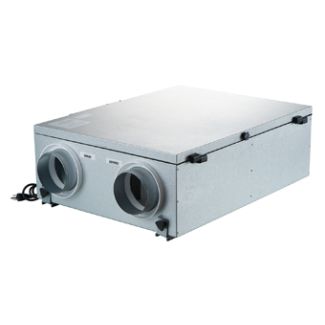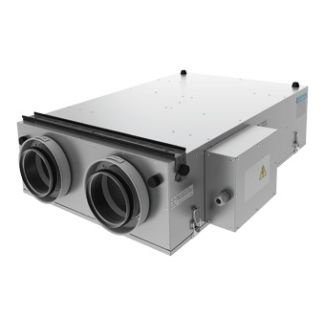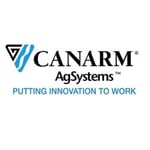ERVs transfer both heat and moisture, helping to balance humidity in warm or humid climates. HRVs transfer only heat, making them ideal for colder, drier climates.
Energy or Heat Recovery Ventilators (ERV & HRV)
Energy or Heat Recovery Ventilators (ERVs and HRVs) replace stale, polluted indoor air with a continuous supply of fresh outdoor air, helping improve moisture control, reduce odors, and support healthier indoor environments. ERVs transfer both heat and humidity to keep your home balanced, while HRVs focus on heat recovery and can connect directly to your existing forced-air ductwork so both systems operate together for efficient whole-home ventilation. By improving air circulation and reducing strain on your equipment, these systems help extend the life of your HVAC system, reduce cooking, bathroom, and pet odors, remove indoor toxins through filtration, and boost overall energy efficiency in your home or building.
-
 SAVE $261.71Panasonic WhisperComfort Energy Recovery Ventilator, 60 CFMModel: FV-06VE1Was $898.70 Your Low Price Special Price $636.99
SAVE $261.71Panasonic WhisperComfort Energy Recovery Ventilator, 60 CFMModel: FV-06VE1Was $898.70 Your Low Price Special Price $636.99 -
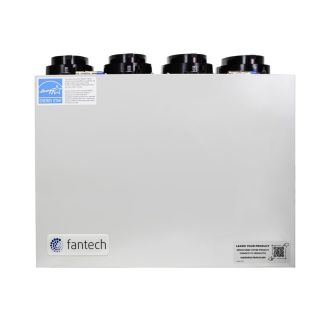 SAVE $304.50Fantech VHR70R ES Heat Recovery Ventilator with 5" Top Port, 70 CFMModel: VHR70R ESWas $1,049.00 Your Low Price Special Price $744.50
SAVE $304.50Fantech VHR70R ES Heat Recovery Ventilator with 5" Top Port, 70 CFMModel: VHR70R ESWas $1,049.00 Your Low Price Special Price $744.50 -
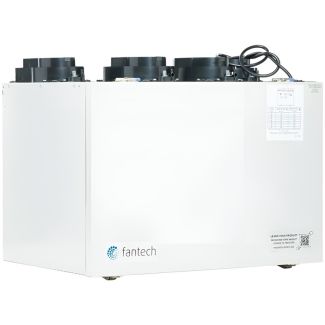 SAVE $280.90Fantech VHR 70 Heat Recovery Ventilator with 4" Top Port, 57 CFMModel: VHR70Was $1,028.00 Your Low Price Special Price $747.10
SAVE $280.90Fantech VHR 70 Heat Recovery Ventilator with 4" Top Port, 57 CFMModel: VHR70Was $1,028.00 Your Low Price Special Price $747.10 -
 SAVE $470.00Fantech FIT 120E-HC Energy Recovery Ventilator - Hardwire Connect, 127 CFM, 120 VModel: FIT 120E-HCWas $1,280.00 Your Low Price Special Price $810.00
SAVE $470.00Fantech FIT 120E-HC Energy Recovery Ventilator - Hardwire Connect, 127 CFM, 120 VModel: FIT 120E-HCWas $1,280.00 Your Low Price Special Price $810.00 -
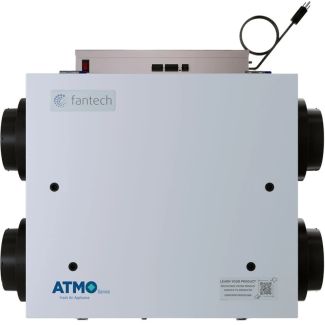 SAVE $464.65Fantech ATMO 150H Heat Recovery Ventilator, 150 CFM, 120 V, 1-phaseModel: ATMO150HWas $1,275.00 Your Low Price Special Price $810.35
SAVE $464.65Fantech ATMO 150H Heat Recovery Ventilator, 150 CFM, 120 V, 1-phaseModel: ATMO150HWas $1,275.00 Your Low Price Special Price $810.35 -
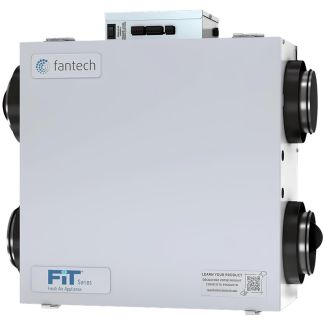 SAVE $256.19Fantech FIT 80E Energy Recovery Ventilator, 78 CFMModel: FIT 80EWas $1,076.00 Your Low Price Special Price $819.81
SAVE $256.19Fantech FIT 80E Energy Recovery Ventilator, 78 CFMModel: FIT 80EWas $1,076.00 Your Low Price Special Price $819.81 -
 SAVE $352.50Fantech VHR 150 Heat Recovery Ventilator with 6" Top Port, 159 CFMModel: VHR150Was $1,224.00 Your Low Price Special Price $871.50
SAVE $352.50Fantech VHR 150 Heat Recovery Ventilator with 6" Top Port, 159 CFMModel: VHR150Was $1,224.00 Your Low Price Special Price $871.50 -
 SAVE $512.00Fantech FIT 120E-D-HC Energy Recovery Ventilator with Shut-Off Damper, 120 V Hardwire Connect, 127 CFMModel: FIT 120E-D-HCWas $1,392.00 Your Low Price Special Price $880.00
SAVE $512.00Fantech FIT 120E-D-HC Energy Recovery Ventilator with Shut-Off Damper, 120 V Hardwire Connect, 127 CFMModel: FIT 120E-D-HCWas $1,392.00 Your Low Price Special Price $880.00 -
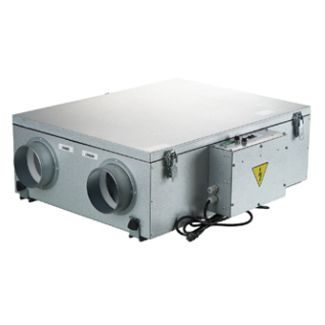
-

-
 SAVE $461.44Fantech FIT 120E-D Energy Recovery Ventilator, 127 CFMModel: FIT 120E-DWas $1,392.00 Your Low Price Special Price $930.56
SAVE $461.44Fantech FIT 120E-D Energy Recovery Ventilator, 127 CFMModel: FIT 120E-DWas $1,392.00 Your Low Price Special Price $930.56 -
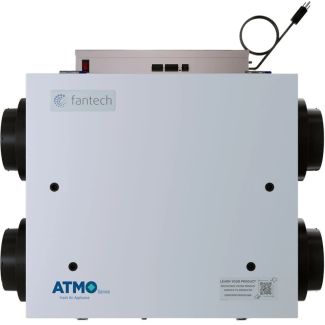 SAVE $442.00Fantech ATMO 150E Energy Recovery Ventilator, 161 CFM, 120 V, 1-PhaseModel: ATMO150EWas $1,386.00 Your Low Price Special Price $944.00
SAVE $442.00Fantech ATMO 150E Energy Recovery Ventilator, 161 CFM, 120 V, 1-PhaseModel: ATMO150EWas $1,386.00 Your Low Price Special Price $944.00 -
 SAVE $392.00Fantech HERO® 120H Fresh Air HRV Top duct , 120 CFM , ENERGY STAR®Model: HERO 120HWas $1,336.00 Your Low Price Special Price $944.00
SAVE $392.00Fantech HERO® 120H Fresh Air HRV Top duct , 120 CFM , ENERGY STAR®Model: HERO 120HWas $1,336.00 Your Low Price Special Price $944.00 -
 SAVE $651.00Broan ONE 150 CFM Energy Recovery Ventilator (ERV), HardwiredModel: BLP150E75NS-HWWas $1,627.00 Your Low Price Special Price $976.00
SAVE $651.00Broan ONE 150 CFM Energy Recovery Ventilator (ERV), HardwiredModel: BLP150E75NS-HWWas $1,627.00 Your Low Price Special Price $976.00 -
 SAVE $651.00Broan ONE 150 CFM Energy Recovery Ventilator (ERV), Power CordModel: BLP150E75NS-PCWas $1,627.00 Your Low Price Special Price $976.00
SAVE $651.00Broan ONE 150 CFM Energy Recovery Ventilator (ERV), Power CordModel: BLP150E75NS-PCWas $1,627.00 Your Low Price Special Price $976.00 -
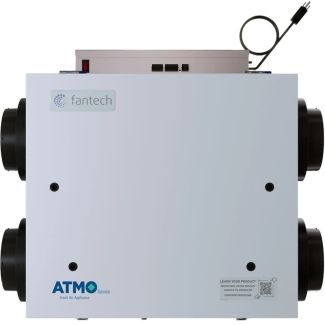 SAVE $498.97Fantech ATMO 200H Heat Recovery Ventilator, 199 CFM, 120 V, 1-PhaseModel: ATMO200HWas $1,476.00 Your Low Price Special Price $977.03
SAVE $498.97Fantech ATMO 200H Heat Recovery Ventilator, 199 CFM, 120 V, 1-PhaseModel: ATMO200HWas $1,476.00 Your Low Price Special Price $977.03 -
 SAVE $517.50Fantech HERO® 150H Fresh Air HRV, 161 CFM, ENERGY STAR CertifiedModel: HERO150HWas $1,531.00 Your Low Price Special Price $1,013.50
SAVE $517.50Fantech HERO® 150H Fresh Air HRV, 161 CFM, ENERGY STAR CertifiedModel: HERO150HWas $1,531.00 Your Low Price Special Price $1,013.50 -
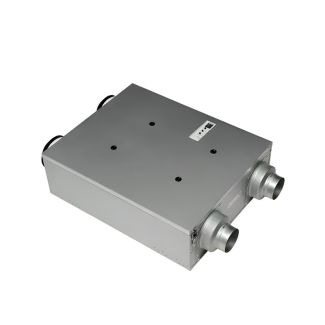 SAVE $699.01Panasonic Intelli-Balance® ERV - 100 CFM, Corded ModelModel: FV-10VEC2Was $1,736.00 Your Low Price Special Price $1,036.99
SAVE $699.01Panasonic Intelli-Balance® ERV - 100 CFM, Corded ModelModel: FV-10VEC2Was $1,736.00 Your Low Price Special Price $1,036.99 -
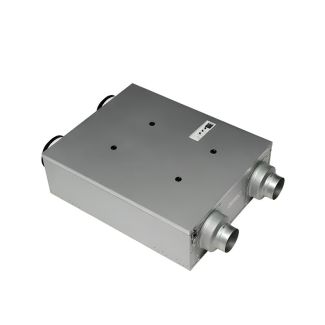 SAVE $699.01Panasonic Intelli-Balance® ERV - 100 CFM, Corded, Mirror ModelModel: FV-10VEC2RWas $1,736.00 Your Low Price Special Price $1,036.99
SAVE $699.01Panasonic Intelli-Balance® ERV - 100 CFM, Corded, Mirror ModelModel: FV-10VEC2RWas $1,736.00 Your Low Price Special Price $1,036.99 -
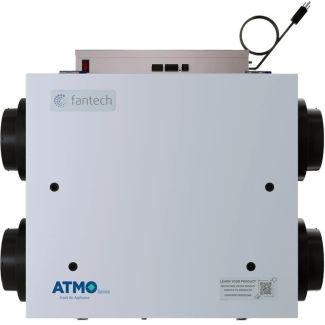 SAVE $553.50Fantech ATMO 200E Energy Recovery Ventilator, 201 CFM, 120 V, 1-PhaseModel: ATMO200EWas $1,592.00 Your Low Price Special Price $1,038.50
SAVE $553.50Fantech ATMO 200E Energy Recovery Ventilator, 201 CFM, 120 V, 1-PhaseModel: ATMO200EWas $1,592.00 Your Low Price Special Price $1,038.50 -
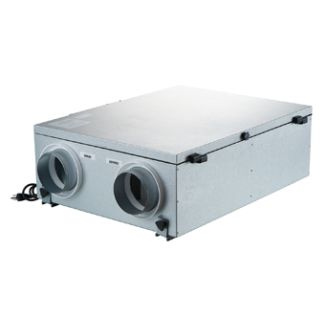
Fresh, Balanced Ventilation for Healthier Homes & Buildings
Shop ERV & HRV Systems at HVACDirect.com
ERV (Energy Recovery Ventilator) and HRV (Heat Recovery Ventilator) systems bring a continuous supply of clean, fresh outdoor air into your home while exhausting stale indoor air — all with minimal energy loss. These units recover heat, moisture, or both from the outgoing air stream, helping improve indoor air quality, control humidity, and support more efficient heating and cooling. At HVACDirect.com, we offer everything from compact multi-port units and through-the-wall spot ventilators to full-size whole-home and commercial systems. Every model is selected for performance, reliability, and long-term energy savings, ensuring your home or building gets ventilation that actually makes a difference.
Why Your Home or Building Needs an ERV or HRV
If your space is tightly built, experiences humidity problems, or struggles with stale or stuffy air, an ERV/HRV is an essential upgrade. These systems deliver continuous, balanced ventilation — without the energy penalties of older fresh-air methods. They help maintain healthier indoor air, reduce pollutants, improve comfort, and support your HVAC system year-round. In short, they give you clean, conditioned air without wasting energy.
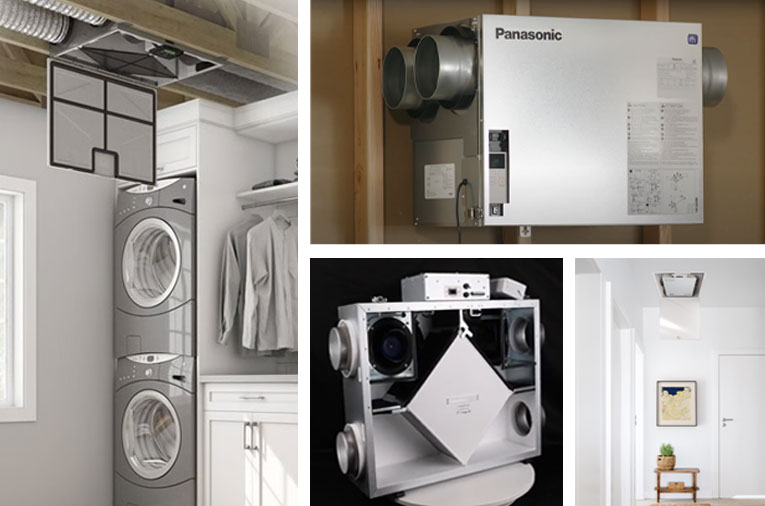

ERV & HRV System Types Available
Whole-House Ducted Systems: Provide fully balanced ventilation for entire homes with maximum energy recovery. Multi-Port / Apartment Units: Compact solutions for condos, townhomes, and multi-family housing. Inline ERV/HRV Units: Integrate with your central HVAC system for seamless whole-home distribution. Through-the-Wall Spot Units: Perfect for offices, additions, and retrofit areas without ductwork. Commercial & Industrial Ventilation: High-capacity systems for buildings, schools, and facilities. ERV/HRV Accessories: Filters, wall caps, duct kits, controllers, and installation essentials.
Benefits of Installing ERV & HRV Ventilation
- Energy Savings Built In: Transfers heat (and in ERVs, moisture) between incoming and outgoing air streams to reduce heating and cooling costs.
- Better Humidity Control: ERVs help maintain balanced indoor humidity, while HRVs assist with reducing excess winter moisture.
- Healthier Indoor Environment: Helps reduce pollutants, odors, VOCs, and airborne contaminants trapped in today’s tightly sealed homes.
- Ideal for Modern, Airtight Construction: Prevents the ventilation and moisture issues common in newer or well-insulated buildings.
- Works With Any HVAC Setup: Options include whole-house ducted systems, inline ventilation tied to existing HVAC, and through-the-wall solutions for single rooms or additions.
- Flexible to Any Application: From apartments and townhomes to large homes and light commercial spaces, there’s a system sized for your needs.
- Low Maintenance Operation: Designed for long life with simple filter changes and minimal ongoing upkeep.




Frequently Asked Questions
Choose an ERV if you live in a humid or mixed climate, and an HRV if you are in a colder region where indoor air tends to be dry.
Inspect filters every 3 months and clean or replace them at least every 6–12 months, depending on air quality and usage.
Yes. Most systems integrate easily with central HVAC setups to provide balanced ventilation alongside heating and cooling.
Energy recovery can reduce heating and cooling costs by 20–30% compared to standard exhaust ventilation, depending on local climate and system efficiency

